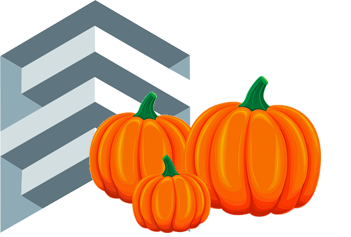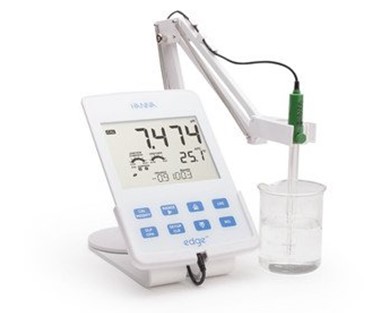The Argentine meat industry is going through a period of adaptation to climate conditions and changes in external demand.

The latest reports on Argentina's MEAT industry reveal a challenging and dynamic outlook for August 2025 and the first eight months of the year. Despite slaughter being complicated by unfavorable weather conditions, overall beef production increased slightly, and coupled with declining external demand, apparent domestic consumption showed significant growth compared to last year. Meanwhile, beef prices held back, contributing to a deflationary trend.
Work curtailed due to weather conditions and rodeo concerns
According to the monthly report of the Chamber of Meat and Meat Products Industry and Commerce of the Argentine Republic (CICCRA), 1.156 million HEAD of cattle were slaughtered in August 2025. This figure indicates a "significant decrease in activity" due to heavy rains and the "poor state of rural roads," which hampered livestock movement.
In August, male cattle slaughter decreased by 4.7% compared to the same period last year. Female cattle slaughter decreased by 4.9% compared to the same period last year, primarily due to a seasonal decline in cow slaughter of 6.3% compared to August 2024. Heifer slaughter also decreased by 3.9% compared to the same month last year. Female cattle slaughter remained at 47.2%, which is "significantly above the levels required to maintain the herd," raising concerns about future herd replenishment.
In the first eight months of 2025, 9.014 million head of cattle were slaughtered in meat processing plants, a decrease of only 0.3% compared to the same period in 2024. During this period, male slaughter totaled 4.756 million head, an increase of 1.1% compared to the same period last year. However, female slaughter decreased by 1.8% year-on-year, as the 10.1% decline in cow slaughter was greater than the 4.6% increase in heifer slaughter. Beef production in August 2025 decreased by 5.0% compared to July (adjusted for working days) and by 3.4% compared to August 2024.
Production, external demand and significant growth in domestic consumption in 2025
In the first eight months of 2025, bone-in beef production reached 2.083 million tonnes (tonnes of bone-in beef per year). This is a 1.0% increase from the previous year, resulting in an increase in beef supplies by 21,140 tonnes per year.
However, external demand declined significantly. Exports fell by 14.7% compared to January-August 2024, reaching 521,600 tonnes of raw materials per hour. This entire decline in exports was due to a decline in purchases from CHINA , despite a recovery in the last four months (April-July).
Combined with this modest increase in production and declining external demand, apparent beef consumption in January-August 2025 increased by 7.7% year-on-year, reaching 1.562 billion tonnes of beef per year. This increase resulted in per capita consumption equivalent to 49.8 kg per year in August 2025 (calculated as a twelve-month moving average), representing an increase of 4.2% (+2.0 kg per capita per year) compared to August 2024.
Following the disinflationary process that began in May 2024, the General Consumer Price Index (GBI) in Greater Buenos Aires (GBU) increased by 1.9% in August 2025, repeating its July trend. The annual variation in the GBI was 34.6%, the lowest since December 2020.
In the food and non-alcoholic beverage segment, growth was 1.5%. The smallest average price increase over the month was recorded for meat and meat products – just 0.6%. A 1.6% decline in whole chicken prices was the most significant factor in the price decline, while beef cuts increased by an average of 1.0%.
Among beef cuts, the price of roast beef remained virtually unchanged for the third month in a row, with a slight increase of 0.2%. The price of beef rump increased by 0.9% month-on-month, while ground beef and shoulder increased by 1.1%. Beef rump was the most expensive cut in August, up 1.6%. Packages of frozen hamburgers (four units) showed a month-on-month increase of 3.3%. Other food products , such as fruit (5.2%), SUGAR , sweets, and candies (2.4%), and bread and cereals (2.2%), showed more significant increases.
Read together with it:
- Конфликт между «Автотехцентром» и «Токаревской птицефабрикой»: иск на 18,7 млн рублей«Автотехцентр» был зарегистрирован в феврале 2018 года и занимается техническим обслуживанием и ремонтом автотранспортных средств. Генеральным директором компании является Антон Аминов. В 2024 году её выручка составила 833 млн рублей, а чистая прибыль — 7,7 млн рублей. Ранее другая тамбовская компания, ООО «Ника», подала иск к «Токаревской птицефабрике» с требованием вернуть задолженность по догов...
- На миллион меньше: Аргентина завершит 2025 год с сокращением поголовья крупного рогатого скота третий год подряд«Зимой (с июня по август) наблюдалась сложная ситуация в животноводстве, характеризующаяся разрозненными колебаниями цен на скот и экономической обстановкой, характеризующейся коррекцией обменного курса, ростом финансовых затрат и наличием больших площадей для выпаса скота с избытком воды», — отмечается в отчете. По частным оценкам и официальным данным, к концу 2......



























































